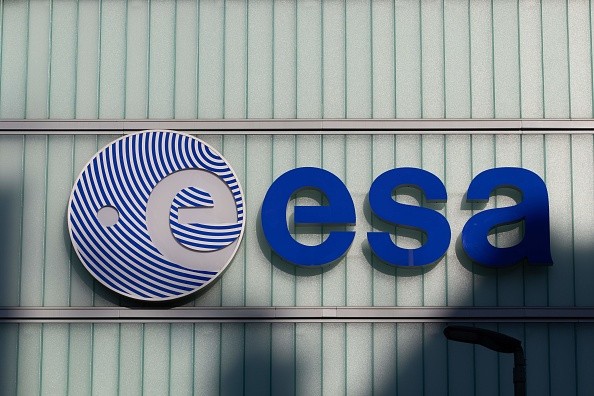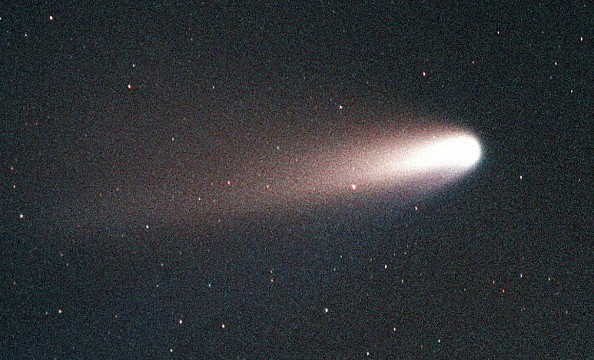ESA's Solar Orbiter, a rocket that studies the sun, had a close encounter with Comet Leonard. However, this space event is not the one you are thinking of.

Instead of crashing into the comet, the sun-observing spacecraft went through the heavenly body's long tail. When you say comet tail (coma), it is the light made by the meteor when it is passing near the sun or a star.
"The big advantage is that for basically no effort on the spacecraft's part, you get to sample a comet at a massive distance," said Samuel Grant, a University College London postgraduate, who checked the archive data of Solar Orbiter, via ESA's blog post.
ESA Solar Orbiter's Close Encounter With Comet Leonard
According to Space.Com's latest report, the close encounter of the European Space Agency's spacecraft with Comet Leonard happened on December 17, 2021.

Also Read : ESA Releases NASA James Webb Space Telescope's Last Video! Here's Why Astronauts Can No Longer Record It
This happened as ESA's rocket is continuing its journey to study the solar system's central star. Grant said that they realized that there the spacecraft would go near the comet's tail after using a computer program.
They incorporated the solar wind, comet orbits, as well as Solar Orbiter's trajectories to know the close encounter. During the encounter, Solar Orbiter was able to gather some essential information.
After observing Leonard's coma, ESA's researchers were able to gather cometary data.
Solar Orbiter Captures Some Photos
Aside from gathering cometary data, ESA captured some photos of Comet Leonard's tail using the technology of the Solar Orbiter.
The European Space Agency was able to snap some ultraviolet images, allowing involved researchers to observe further and study the comet's water.
On the other hand, the visible-light photos offered more information about the heavenly body's dust activities. If you want to see the actual images of Comet Leonard's tail, you can visit this link.
In other news, NASA MRO and Caltech discovered water on Mars, which they believe was recently active. Meanwhile, SpaceX won a rocket contract for military cargo and humanitarian aid transportation.
For more news updates about ESA Solar Orbiter and other active rockets in space, always keep your tabs open here at TechTimes.
This article is owned by TechTimes
Written by: Griffin Davis
ⓒ 2026 TECHTIMES.com All rights reserved. Do not reproduce without permission.




